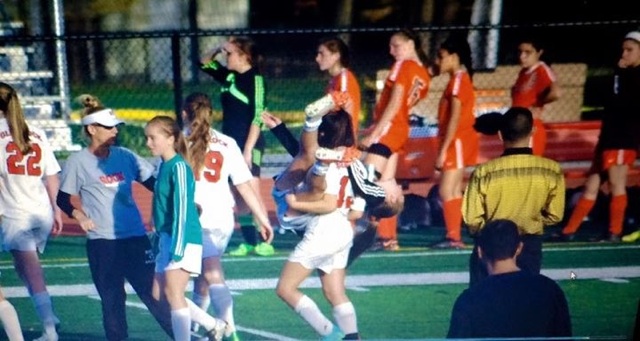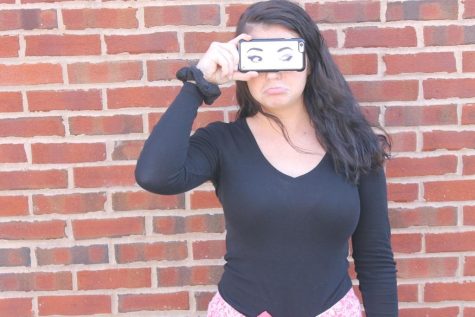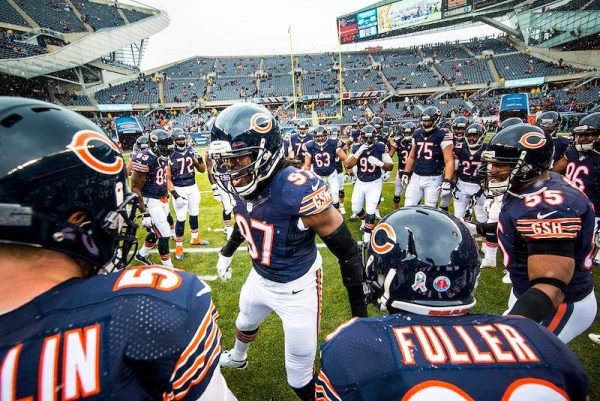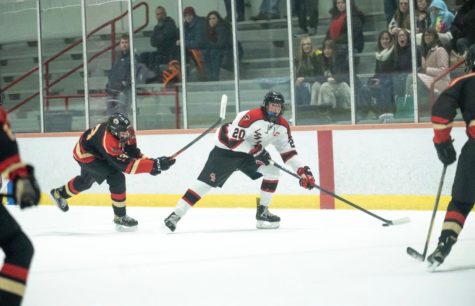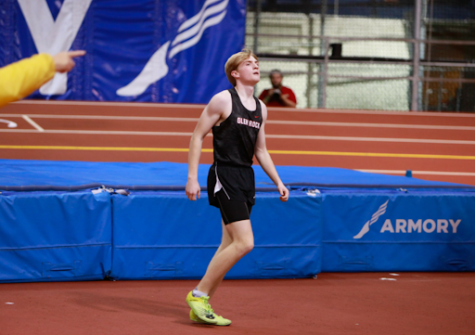Turf fields and female athletes’ injuries: Are they related?
Photo Credit: Julia Kelly
Jaclyn Mills, sophomore, tore her ACL this past fall and was carried off the field by her teammate, Julia Kelly, junior.
February 3, 2015
The answer is yes. It has been proven that turf fields help reduce the number of injuries to female athletes.
In 2013, researchers from Montreal, Canada published a paper that concludes playing on synthetic turf results in fewer injuries than playing on natural grass. Drastically lower injury incidence rates and fewer traumas were logged on turf fields compared to natural grass.
One of the main reasons schools replace their existing grass fields with turf are because of the condition in rain or snow. It is recorded that there are 63% less injuries in wet field conditions.
Since turf is woven into locked backing, players can better secure their footing, which allows more precise stopping and turning. A main cause for injuries is improper stopping.
Artificial turf is expensive to put in and to maintain, but in the long run grass fields cost around 200,000 dollars more than turf.
In 1964, AstroTurf was invented; it is a short-pile synthetic turf. AstroTurf actually was a main cause for injury in the 60’s. Since then, there have been several changes to turf, making it more and more like natural grass.
People today still blame turf for their injuries. The thought is that there is more traction in turf than grass, which tends to cause more injury.
A common career ending injury in females is an ACL tear. There are around 250,000 ACL injuries each year.
If athletes follow the necessary precautions for playing on turf, there will actually be a lower cause of injury.
Wearing turf shoes while playing will help decrease traction and reduce serious injuries by 25%.
It is studied that shoe’s shock absorption is lost after about 300 miles of use. Athletes who run around ten miles a week should replace their shoes around every nine months. There is a higher cause of injury, if one’s shoes are not changed the right amount of times.
The number of head injuries in contact sports on artificial grass is nearly half of those on natural grass.
Turf fields are designed to mimic natural grass fields. Technically they are made so that there is no difference in injury rates. However, that is not the case.
Artificial turf is safer than natural grass and potentially prevents injury.



